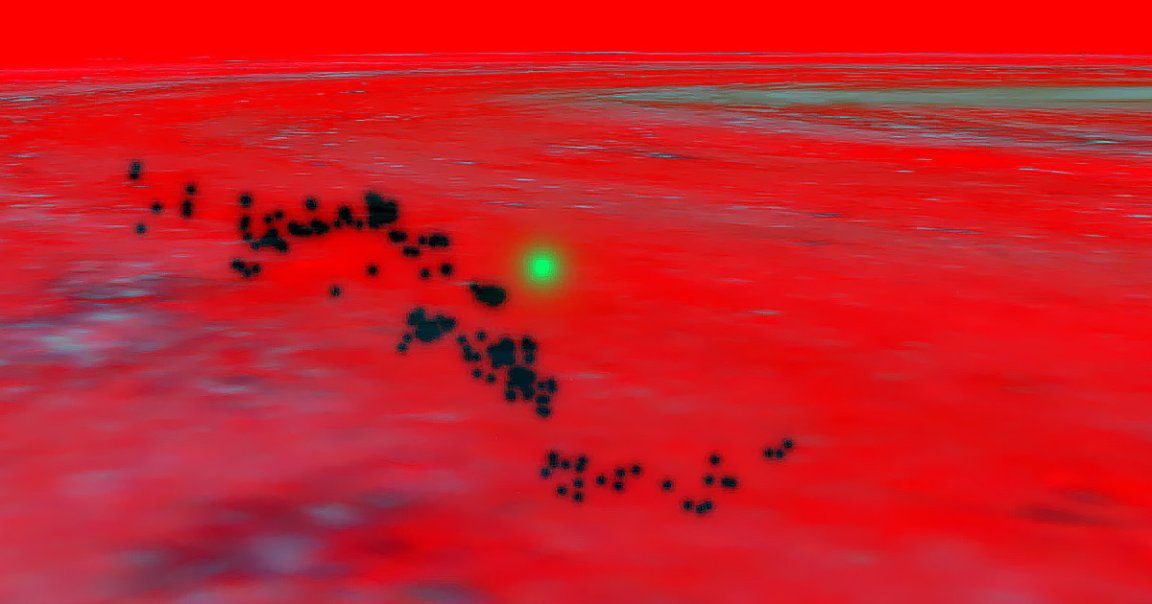
Ride the Wave
Astronomers have discovered that the Milky Way is home to an unbroken stream of gas, dust, and young stars 9,000 light-years long — and not only is it the largest gaseous structure in our galaxy, but it’s also essentially right next door to our own solar system.
“The [S]un lies only 500 light-years from the [Radcliffe] Wave at its closest point,” researcher João Alves said in a press release. “It’s been right in front of our eyes all the time, but we couldn’t see it until now.”
Stellar Nurseries
For the study, published on Tuesday in the journal Nature, the researchers combined data collected by the Gaia spacecraft with other measurements to create a three-dimensional map of the Milky Way’s interstellar matter.
This led to the discovery of the Radcliffe Wave, which includes approximately 800 million stars, as well as many areas of active star-forming gas, also known as “stellar nurseries.”
“No astronomer expected that we live next to a giant, wave-like collection of gas — or that it forms the local arm of the Milky Way,” researcher Alyssa Goodman said in the press release, adding that “the Wave’s very existence is forcing us to rethink our understanding of the Milky Way’s 3D structure.”
READ MORE: New map of Milky Way reveals giant wave of stellar nurseries [Phys.org]
More on the Milky Way: Check out This Incredibly Beautiful New Image of Our Home Galaxy